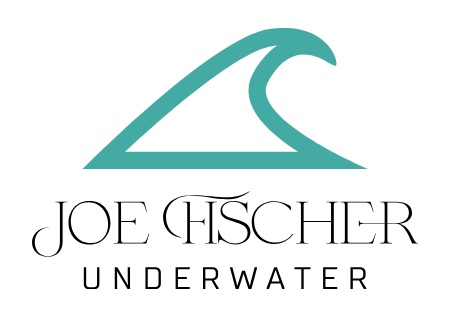The basics of underwater cameras are simple: anyone can use a specially designed waterproof housing to protect their camera or smartphone in the water, and a light or strobe is used to bring out color.
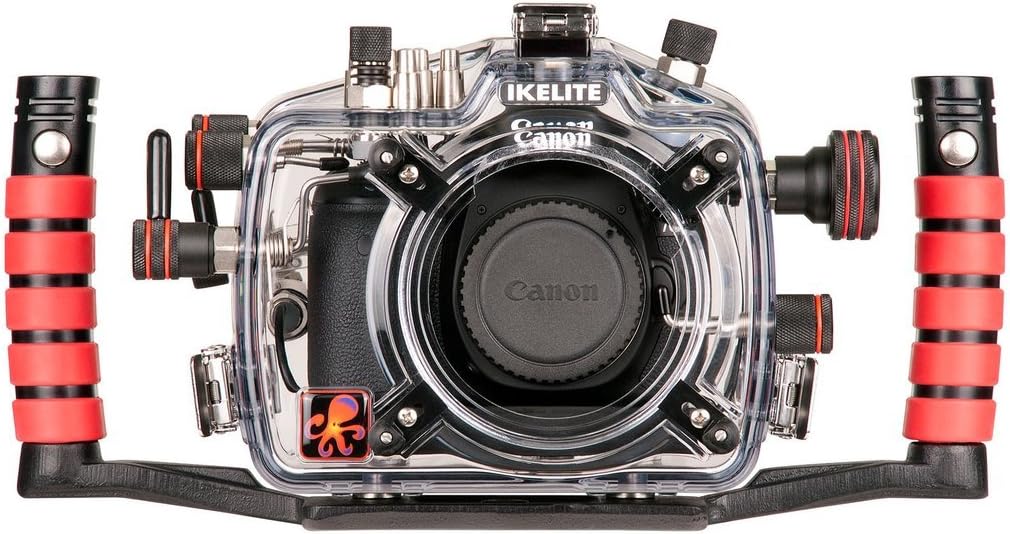
Underwater Cameras
Nearly any camera can be used for snorkeling or diving provided it is encased in an underwater housing. DSLRs and mirrorless are popular for image quality while GoPros and compacts are just as popular for their small size and simple operation. While quality continues improving amongst all types of cameras, you can worry less about sacrificing image quality when choosing lightweight, travel-friendly options over heavy, expensive equipment.
Snorkeling vs SCUBA Diving
Imagine you’re standing on a warm beach, the ocean stretching out before you, sparkling and full of promise. You’ve got two choices: grab a snorkel and mask – or strap on a tank with regulator. Both offer a window into the underwater world, but they offer very different experiences.
Snorkeling is the simpler, more accessible of the two. With just a mask, fins, and a snorkel, you float at the surface, gazing down into the vibrant world below. You might hover over a shallow coral reef, watching colorful fish dart through the coral, or follow a sea turtle as it glides beneath you. It’s peaceful and easy—perfect for a spontaneous adventure. You don’t need special training, and it’s great for all ages. The catch? You’re limited to what you can see from the surface, and deeper wonders remain just out of reach.
Scuba diving takes you beyond the surface. With a tank on your back you descend into a world that most people never get to see or experience. The ocean becomes quiet as you drift weightlessly through schools of fish, past sea fans and coral walls, or even into underwater caves and shipwrecks. Marine life often behaves more naturally around divers, because you’re part of their environment, not just observing it from above.
Underwater Photography
When you take a picture underwater, the first thing you notice is how colorful subjects appear green or blue in your photos as you descend deeper. This is a matter of simple physics and how light bends and dissipates in water – which has nothing to do with the camera – or quality of the camera. This why taking pictures in shallow water provides great benefits to snorkelers, and why SCUBA divers often resort to artificial lighting. Another aspect to consider is that some of the most colorful marine life is also most active in shallow water. This eliminates the need to go deep for long periods. In fact, anyone can build a stunning underwater gallery entirely by snorkeling with compact cameras and no lights.
Lights and Strobes
No matter what camera you choose, be aware that natural light disappears as you go deeper. When natural light disappears, strobes or lights are used to illuminate subjects and bring out their true colors. Underwater strobes are used for photography while continuous lights are used for video, and in some cases, photography.
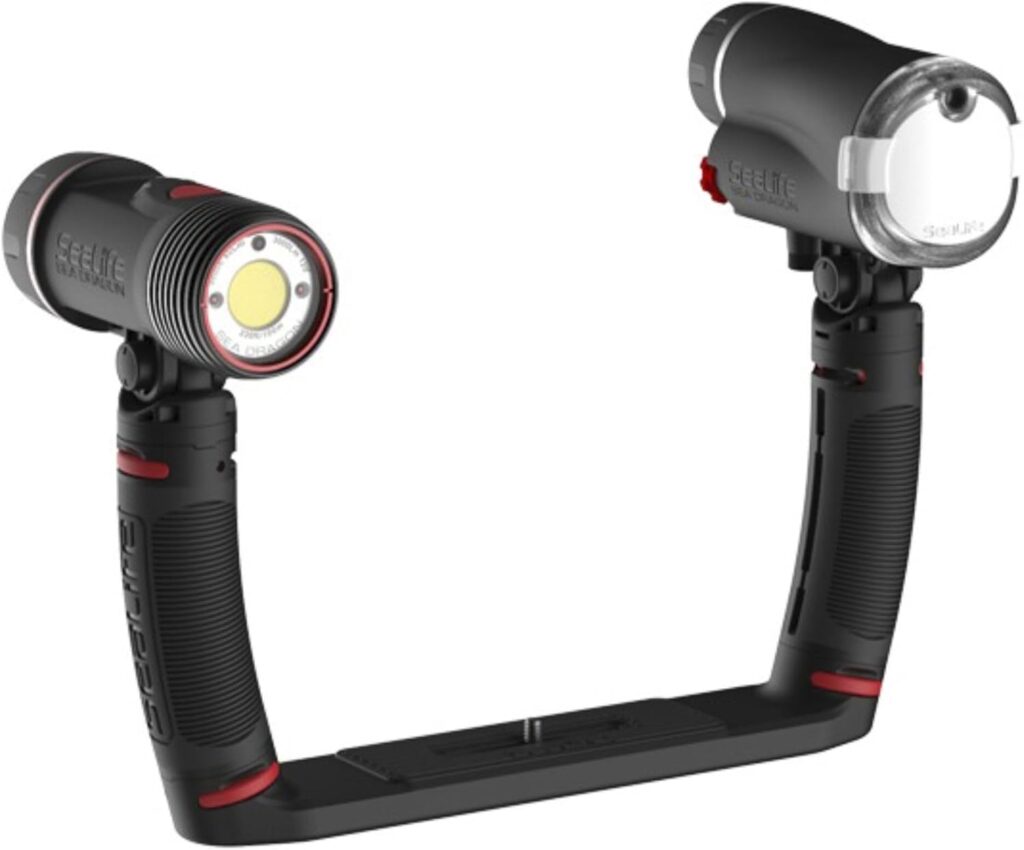

Macro or Wide Lens
There are hundreds of lens combinations that can be used with underwater cameras. Diopters, or super magnification lenses, are popular with macro divers. While dome ports and wide-wet lenses are popular for wide angle photography of reefs, schooling fish and sharks. When shopping for a housing, look to see if it has the option to use different lens ports or if can accommodate wet lens or adapters.
Contact Joe anytime to discuss camera gear, photo trips or classes. As a PADI Underwater Photography Instructor and NAUI Assistant instructor, he understands how to use cameras in the water. Since 1996 he’s dove in more than a dozen countries and used film, video, and digital cameras. As a young engineer, he started out using a homemade camera housing he built in his garage. Today he uses a micro 4/3 mirrorless and a GoPro for lightweight travel without sacrificing image quality.
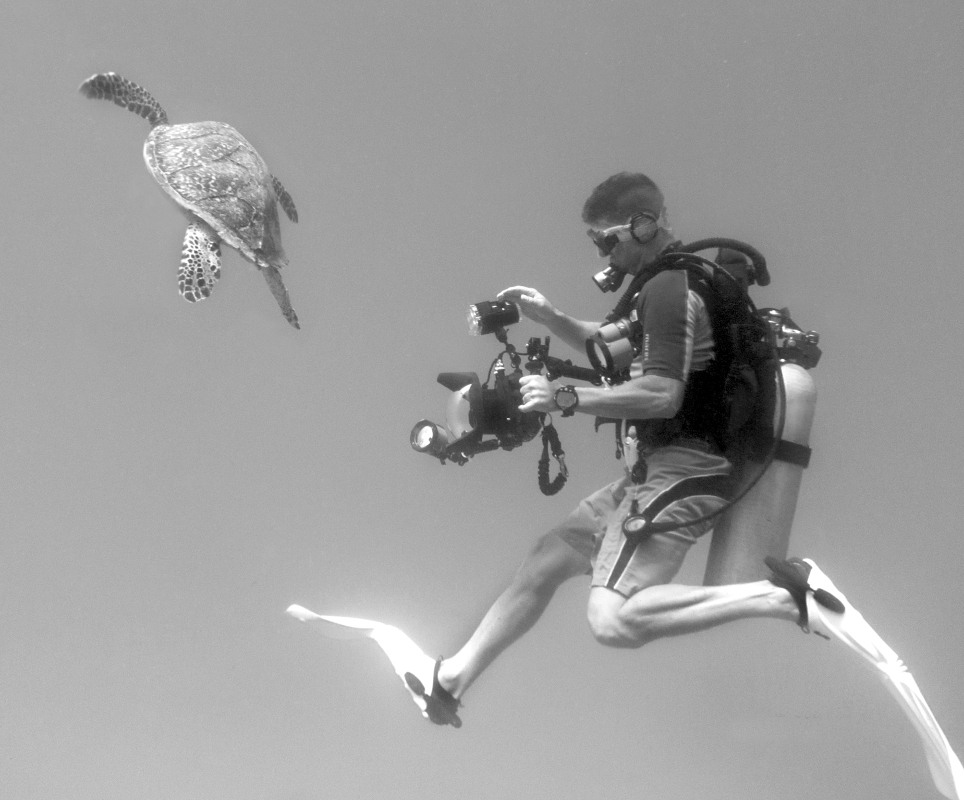
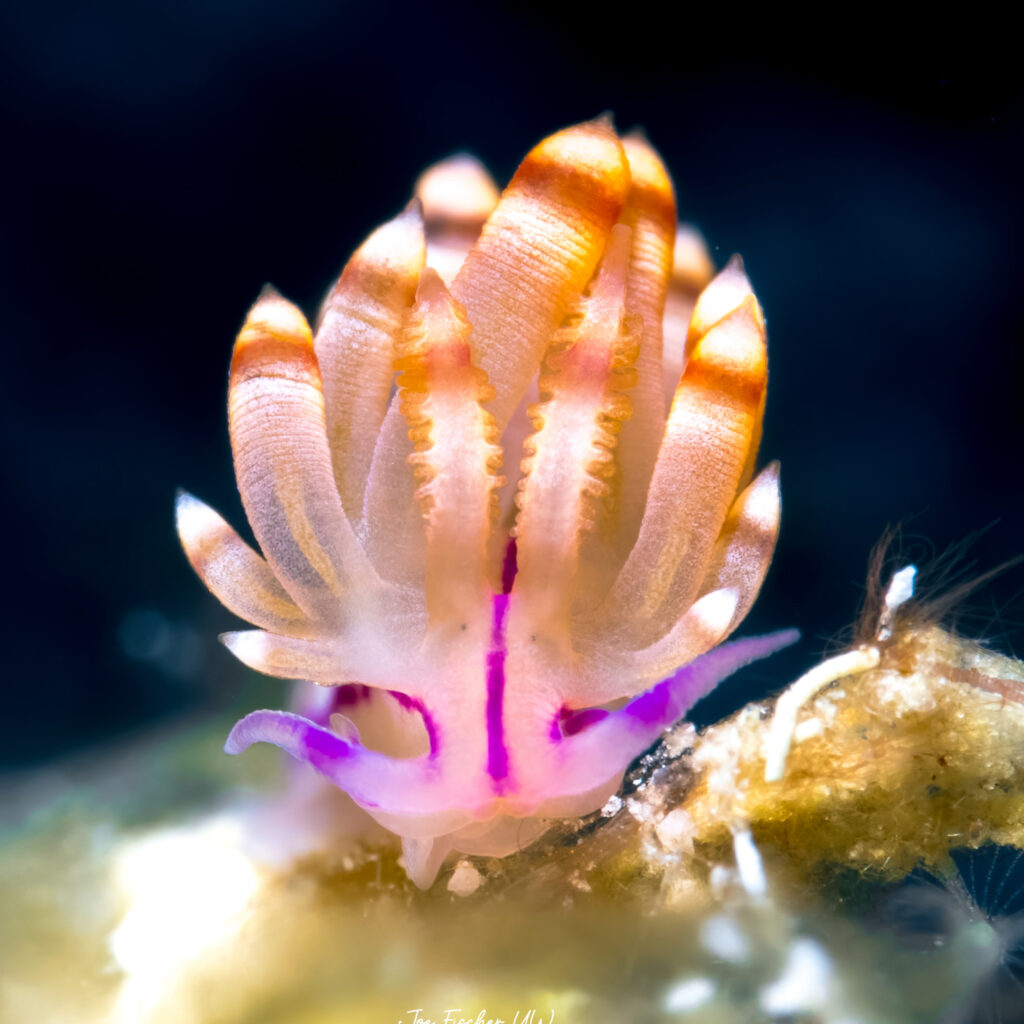
Classes are Easy and Fun
Classes can be highly beneficial if you take them from the right instructor. You’ll even make new friends too. The training ensures you enjoy more time creating good photos and are less apt to missing shots. Joe shares valuable insights and tips that you might not find in books or online tutorials. “Time and time again I see people learn more in 5 minutes of asking me questions than they learn in hours of online tutorials.”
